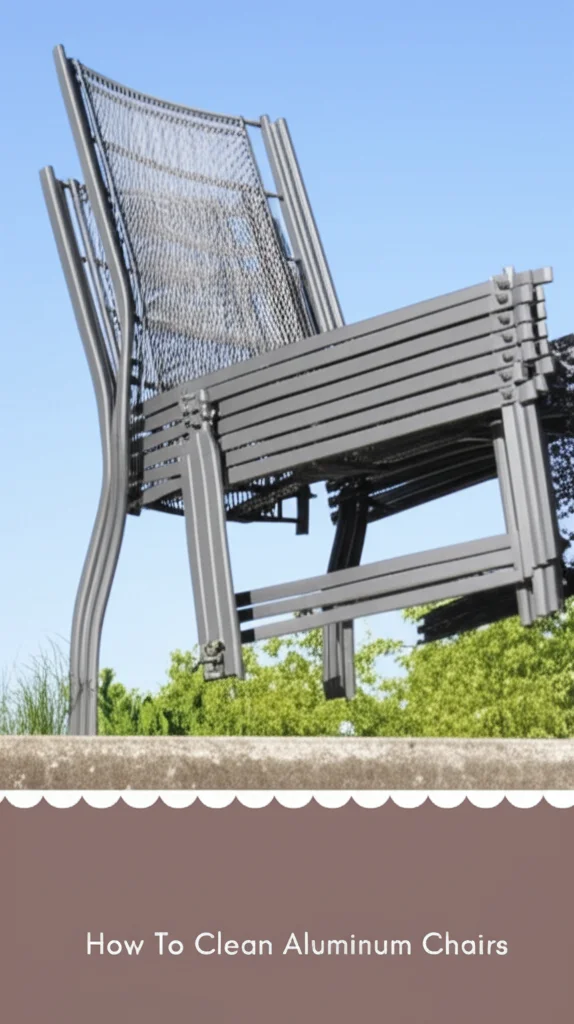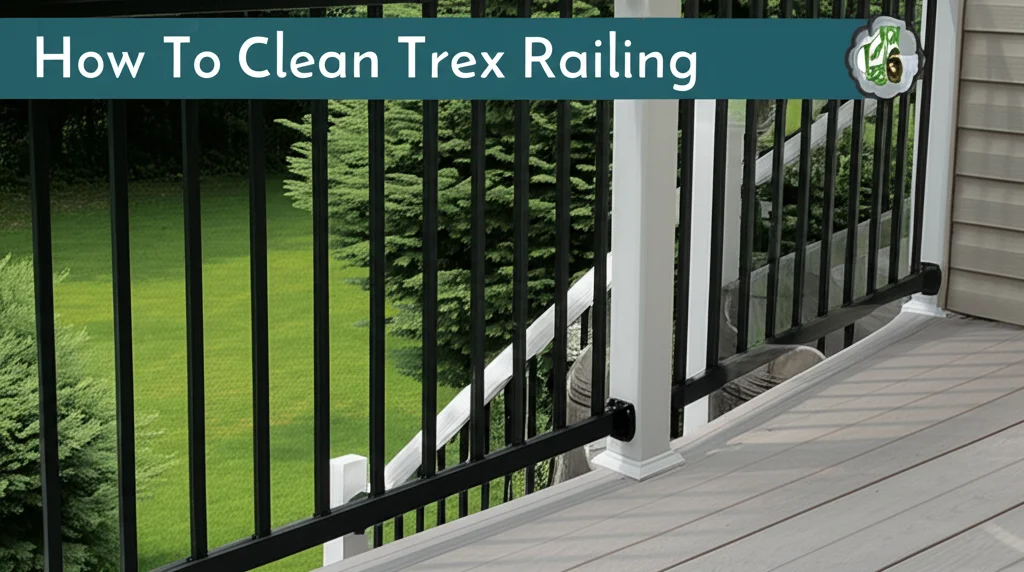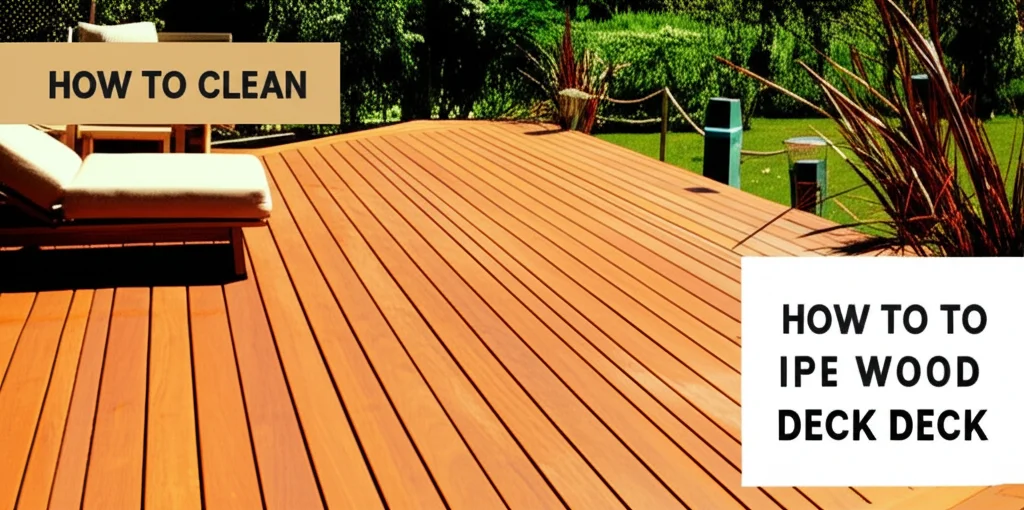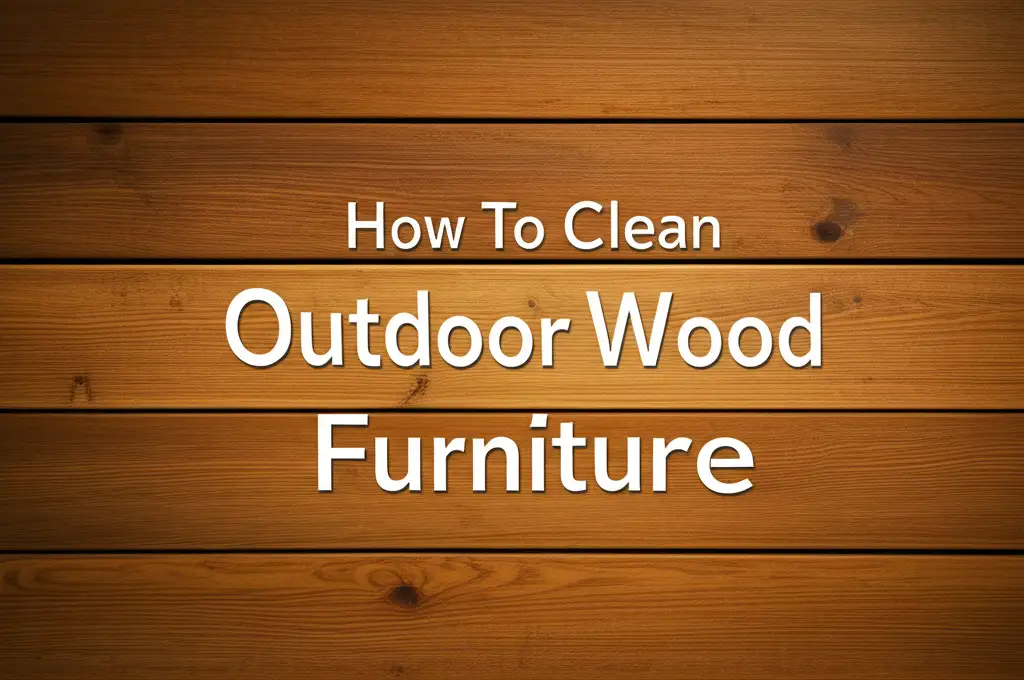· Outdoor Living · 16 min read
How To Clean Patio Furniture Mesh
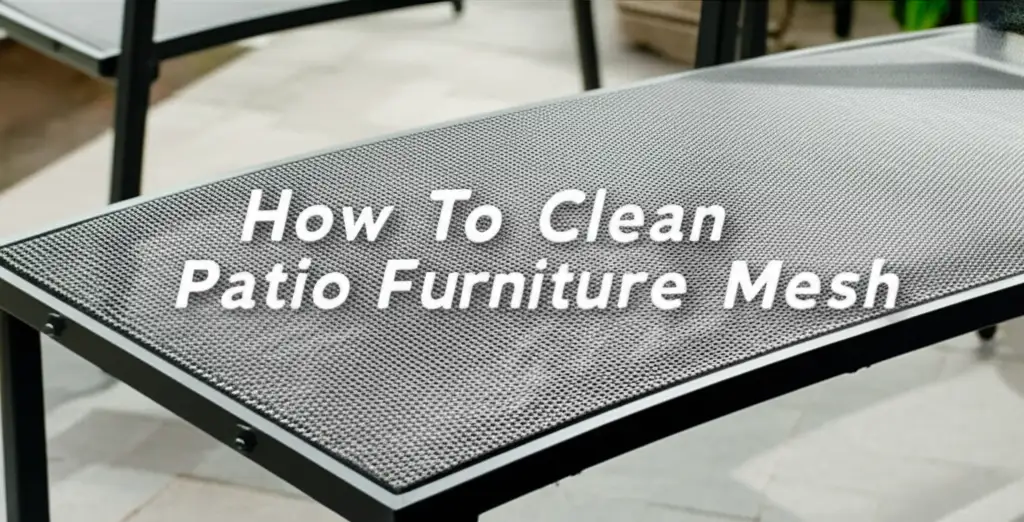
Revitalize Your Outdoor Space: How To Clean Patio Furniture Mesh
Imagine a sunny afternoon, a cool drink in hand, and a perfectly clean outdoor space. Our patio furniture helps create this dream. However, outdoor living comes with a challenge: keeping furniture clean. Patio furniture mesh, while durable, collects dirt, pollen, and grime. This buildup makes your outdoor space look less inviting.
Cleaning patio furniture mesh seems like a big task. Many people wonder where to start. This guide helps you tackle dirt and stains. We will cover the types of mesh, necessary cleaning supplies, and step-by-step methods. You will learn how to clean patio furniture mesh effectively. We also offer tips for removing stubborn stains and keeping your mesh looking new. Get ready to enjoy your outdoor living area to the fullest.
Takeaway
- Assess Mesh Type: Understand your specific mesh material. This helps choose the right cleaning method.
- Gather Supplies: Collect gentle cleaners, brushes, and cloths. Always test products first.
- Clean Regularly: Perform light cleaning often. This prevents heavy dirt buildup.
- Tackle Stains Promptly: Address spills and stains immediately. This stops them from setting in.
- Dry Completely: Ensure mesh is fully dry before use or storage. This prevents mold and mildew.
- Protect Furniture: Use covers or store furniture during off-seasons. This extends its life.
How to Clean Patio Furniture Mesh
To clean patio furniture mesh, first remove loose debris with a brush or vacuum. Next, mix mild soap with water. Use a soft brush or cloth to gently scrub the mesh. Rinse thoroughly with a garden hose. Allow the mesh to air dry completely in the sun to prevent mildew.
Understanding Patio Furniture Mesh: Types and Care Needs
Patio furniture mesh is a popular choice for outdoor spaces. It offers comfort and breathability. This material resists weather elements. However, mesh furniture comes in different types. Each type requires specific care. Understanding your mesh helps you clean it correctly.
Most patio mesh is made from PVC-coated polyester. This material is also known as sling fabric or Textilene. It is very durable. The weave allows air to flow through. This makes it comfortable on hot days. It also dries quickly after rain. Other types include woven mesh or even flexible plastic strands. Each type has a unique texture and porosity.
Mesh’s open weave makes it prone to collecting dust and pollen. Dirt particles get trapped in the small openings. Tree sap, bird droppings, and food spills can also cling to the surface. These organic materials, combined with moisture, can lead to mildew growth. Mildew appears as black spots and requires specific attention. I always check my furniture before the season starts. Knowing what type of mesh you have helps you choose the gentlest yet most effective cleaning approach.
Regular cleaning prevents deep staining and material damage. Harsh chemicals or abrasive tools can harm the mesh fibers. They might weaken the material or cause discoloration. For example, cleaning outdoor wood furniture requires different products. You need to be gentle with mesh. Proper care extends the life of your patio furniture. It keeps your outdoor space looking fresh for years. Investing in outdoor furniture covers also helps protect mesh from excessive buildup.
Essential Supplies for Cleaning Mesh Patio Furniture
Before you start cleaning your patio furniture mesh, gather your tools. Having everything ready saves time. It makes the cleaning process smoother. You do not need many items. Simple household supplies work best for most mesh materials.
You will need a soft-bristled brush. A car wash brush or a soft scrubbing brush works well. Avoid stiff brushes, as these can damage the mesh. A few clean microfiber cloths are also useful. You will need a bucket for mixing your cleaning solution. A garden hose with a spray nozzle is essential for rinsing. Make sure the nozzle allows for a gentle rinse.
For cleaning solutions, mild dish soap is usually sufficient. Look for a soap that is free of harsh chemicals. You can also use a mixture of white vinegar and water. Vinegar is a natural disinfectant and deodorizer. It helps remove mildew and light stains. For tougher spots, a gentle oxygen bleach can be effective. Always read the product labels carefully. I prefer to use eco-friendly cleaners whenever possible.
Never use abrasive cleaners on mesh furniture. This includes scouring powders or steel wool. These can scratch or tear the delicate mesh fibers. Avoid strong chemical cleaners like chlorine bleach directly. They can fade colors or weaken the material over time. Test any cleaning solution in an inconspicuous spot first. This step ensures the cleaner will not damage your specific mesh.
Step-by-Step Guide: Basic Cleaning for Mesh Furniture
Cleaning patio furniture mesh is a straightforward process. Following these steps ensures a thorough clean without damaging your furniture. This method works well for general dirt and light grime. You will be surprised how quickly your furniture transforms. I find starting with a clear plan makes the job easier.
1. Prepare Your Furniture and Area
First, move your patio furniture to a clear spot. A grassy area or a driveway works well. Remove any cushions or decorative items. Use a soft brush or a handheld vacuum to remove loose dirt and debris. Focus on the mesh surface. This initial step prevents mud from forming when you add water. It also helps expose any stubborn spots.
2. Mix Your Cleaning Solution
Prepare a bucket of warm water. Add a small amount of mild dish soap to the water. About a tablespoon per gallon of water is enough. Stir the water gently to create suds. You want a soapy solution, not a dense foam. Alternatively, mix equal parts white vinegar and water for a natural cleaner. This solution is great for everyday dirt.
3. Apply and Scrub Gently
Dip your soft-bristled brush or microfiber cloth into the cleaning solution. Start scrubbing the mesh surface. Work in small sections. Apply gentle pressure. Focus on areas with visible dirt or stains. The soap helps lift the grime from the mesh fibers. For frames made of materials like wrought iron furniture or cast aluminum patio furniture, use the same gentle soap solution. Avoid aggressive scrubbing. Let the cleaning solution do most of the work.
4. Rinse Thoroughly
Once you have scrubbed all the mesh, rinse it immediately. Use a garden hose with a gentle spray nozzle. Start from the top of the furniture and work your way down. Ensure all soap residue washes away. Soap left on the mesh can attract more dirt later. Rinse until the water runs clear. Make sure water flows through the mesh. This removes trapped particles.
5. Allow to Air Dry
After rinsing, let your mesh furniture air dry completely. Position it in a sunny spot if possible. The sun helps evaporate moisture quickly. Ensure no water collects in folds or seams. Moisture can lead to mildew growth. This step is crucial. Do not stack or cover the furniture until it is fully dry. Drying completely can take several hours, depending on humidity.
Tackling Common Stains on Patio Mesh
Patio furniture mesh faces various challenges from the outdoor environment. Common stains include dirt, pollen, tree sap, and food spills. Each type of stain requires a slightly different approach. Knowing how to target these specific messes helps keep your mesh looking pristine. I have dealt with all of these myself.
Dirt and Mud Stains
Dirt and mud are common on outdoor furniture. Allow mud to dry completely first. Once dry, brush off as much as possible with a soft brush. Then, apply your mild soap and water solution. Scrub the affected area gently. Rinse thoroughly with a hose. Repeat if necessary. For ground-in dirt, a slightly stronger scrub with the soft brush may be needed.
Pollen and Dust Buildup
Pollen creates a yellow or green film on mesh. Dust also settles into the weave. Regular dusting or light rinsing can prevent heavy buildup. For a deeper clean, use your mild soap solution. Gently wipe or brush the pollen away. Rinse the mesh well to remove all pollen residue. Pollen often washes away quite easily. You might find a quick spray down with the hose is all that is needed after a heavy pollen season.
Tree Sap
Tree sap is sticky and tough to remove. Do not try to scrape it off dry. You risk damaging the mesh fibers. Instead, apply a small amount of rubbing alcohol to a clean cloth. Gently dab the sap spot. The alcohol helps dissolve the sap. Work from the outside of the stain inwards. Rinse the area with soap and water after the sap loosens. Then, rinse with clear water. This method requires patience.
Food and Drink Spills
Accidental food or drink spills happen frequently outdoors. Act quickly to clean these stains. Blot up any liquid immediately with a clean cloth. For solid food, remove it gently. Then, apply your mild soap and water solution to the stained area. Gently scrub with a soft brush. Rinse well. For greasy stains, add a small amount of degreasing dish soap to your solution. Prompt action prevents stains from setting deeply into the mesh.
Deep Cleaning Stubborn Grime and Mildew
Sometimes, basic cleaning is not enough. Stubborn grime and mildew can take hold of your patio furniture mesh. This happens especially in damp, humid climates. Mildew appears as black spots or a fuzzy growth. It not only looks bad but can also cause odors. Tackling these issues requires a deeper clean. I find this especially true after a long, wet winter.
Addressing Mildew and Mold
Mildew is a common problem for outdoor fabrics. It thrives in moisture and shade. To remove mildew, you need a stronger solution than just dish soap. A mixture of white vinegar and water is a great starting point. Mix equal parts white vinegar and water in a spray bottle. Spray the affected mesh thoroughly. Let it sit for 15-30 minutes. Then, scrub with a soft brush. Rinse completely. Vinegar is a natural fungicide. It helps kill mildew spores. While this guide is for mesh, you can also use vinegar to clean mold off of wood furniture or other outdoor surfaces.
For very stubborn mildew, an oxygen-based bleach can be effective. Oxygen bleach is gentler on colors than chlorine bleach. Mix oxygen bleach powder with warm water according to package directions. Apply the solution to the mildewed areas. Let it soak for a specified time, usually 15-30 minutes. Avoid letting it dry on the fabric. Scrub gently. Then, rinse the entire piece of furniture thoroughly. Always wear gloves and eye protection when using bleach products. Do not mix oxygen bleach with vinegar. This creates dangerous fumes.
Tackling Heavy Grime Buildup
Heavy grime can make mesh look dull and dirty. It often combines dirt, dust, and environmental pollutants. For this, you might need a bit more scrubbing power. Consider using a dedicated outdoor fabric cleaner. Many products are available for patio furniture. Choose one specifically labeled as safe for mesh or sling fabric. Follow the product instructions carefully.
Apply the cleaner, let it penetrate, and then scrub. Use your soft-bristled brush. Work in circular motions to dislodge embedded dirt. You will see the grime lift away. After scrubbing, rinse the mesh thoroughly with a garden hose. Ensure all cleaner residue is gone. This deep cleaning restores the original color and brightness of your mesh. It makes a significant difference in appearance.
Drying and Protecting Your Clean Mesh Furniture
After a thorough cleaning, proper drying and protection are vital. These steps prevent new issues like mildew and extend the life of your patio furniture mesh. Rushing this stage can undo all your hard work. I learned this the hard way once.
The Importance of Thorough Drying
Mesh fabric dries relatively quickly due to its open weave. However, it is crucial to ensure it is completely dry. Any trapped moisture, especially in seams or where the mesh meets the frame, can lead to mildew growth. Mildew creates unsightly black spots and a musty smell. It can also degrade the mesh material over time.
After rinsing, tilt the furniture to help water drain away. Position the furniture in a sunny spot if possible. Sun exposure aids evaporation. It also helps sanitize the mesh naturally. If direct sun is not an option, ensure the area has good airflow. You can use a fan to speed up drying indoors or in shaded areas. Do not stack or cover your furniture until every part is dry to the touch. This can take several hours, or even a full day depending on humidity levels.
Protecting Mesh from Future Damage
Once your mesh furniture is clean and dry, consider applying a fabric protector. Many products are available that repel water and resist stains. These protectors form a barrier on the mesh surface. This barrier makes future cleaning much easier. Look for products specifically designed for outdoor fabrics or marine use. They offer better resistance to UV rays and weather. Apply the protector according to the manufacturer’s instructions. Usually, this involves spraying an even coat and allowing it to dry.
Storing your patio furniture during the off-season is the best protection. If storage space is limited, use high-quality outdoor furniture covers. Covers shield furniture from rain, snow, sun, and dirt. Choose breathable covers to prevent moisture buildup underneath. Secure covers tightly so they do not blow off in strong winds. Periodically check underneath the covers for dampness. Preventing extreme exposure significantly reduces wear and tear. This helps your clean mesh furniture stay pristine for many seasons.
Regular Maintenance for Long-Lasting Mesh Furniture
Keeping patio furniture mesh clean does not have to be a one-time big event. Regular maintenance keeps it looking great with minimal effort. Consistent care prevents heavy buildup of dirt and grime. This means less work for you in the long run. I always tell friends that prevention is key.
Daily and Weekly Care
In between deep cleans, a little attention goes a long way. If your furniture is under trees, brush off leaves and debris daily. This stops sap and bird droppings from drying on the mesh. After a rain shower, use a soft cloth or squeegee to remove excess water. This helps the mesh dry faster.
Once a week, give your mesh furniture a quick once-over. Use a soft brush or a handheld vacuum to remove loose dust and pollen. This prevents these fine particles from settling deeply into the weave. If you notice any fresh spills or dirt marks, clean them immediately with a damp cloth and a drop of mild soap. Prompt action makes these small messes easy to remove. This proactive approach saves you time later.
Seasonal Cleaning and Inspection
At the start and end of each outdoor season, perform a more thorough cleaning. This is when you would follow the full step-by-step cleaning guide. Before storing your furniture for winter, ensure it is impeccably clean and dry. This prevents mold and mildew from growing during storage. You want to store it in a condition ready for next spring.
During your seasonal cleaning, inspect the mesh and frame for any damage. Look for tears in the mesh. Check for loose screws on the frame. Addressing small issues early prevents them from becoming major problems. For instance, if you have outdoor teak furniture, you might also inspect it for weathering. Repair minor tears in the mesh using repair kits designed for outdoor fabrics. This extends the lifespan of your furniture significantly.
Proactive Measures
Consider the placement of your mesh furniture. Placing it under an awning or umbrella reduces direct exposure to sun and rain. This lessens the amount of dirt it collects. Regular use of outdoor furniture covers is also a great proactive step. Covers protect against dust, pollen, bird droppings, and harsh weather. They are especially useful during periods of non-use. These small habits combine to keep your patio furniture mesh looking fresh and inviting all season long.
FAQ Section
Q1: Can I use a pressure washer on patio furniture mesh?
A pressure washer is not recommended for patio furniture mesh. The high pressure can damage the delicate mesh fibers. It can also weaken seams or cause tears. Stick to a garden hose with a gentle spray nozzle. This provides enough water pressure to rinse without causing harm.
Q2: How often should I clean my mesh patio furniture?
You should perform light cleaning weekly, especially during peak outdoor seasons. A deep clean is recommended at least twice a year. Do one at the beginning of the outdoor season and another before storing the furniture for winter. Clean specific stains as soon as they occur.
Q3: What is the best cleaner for mesh patio furniture?
A solution of mild dish soap and warm water is generally the best and safest cleaner. For tougher stains or mildew, white vinegar mixed with water works well. Oxygen bleach is effective for stubborn mildew but must be used carefully. Always test any cleaner in a hidden spot first.
Q4: Can I use bleach on colored mesh patio furniture?
Chlorine bleach can fade colors and weaken mesh fibers. It is generally not recommended for colored mesh. Instead, use an oxygen-based bleach for mildew and tough stains. Oxygen bleach is color-safe for most outdoor fabrics. Always check product labels for compatibility.
Q5: How do I remove black mold spots from mesh?
Black mold spots indicate mildew. Mix equal parts white vinegar and water. Spray the solution directly onto the moldy areas. Let it sit for 15-30 minutes. Then, scrub gently with a soft brush and rinse thoroughly. For very stubborn spots, use an oxygen bleach solution following package directions.
Q6: How can I prevent my mesh furniture from getting dirty so quickly?
To prevent quick dirt buildup, place furniture under covers or an awning when not in use. Regularly brush off loose debris like leaves and pollen. Promptly clean any spills. Using a fabric protector after cleaning can also help repel dirt and water.
Conclusion
Keeping your patio furniture mesh clean is simple when you know the right steps. You have learned about different mesh types, essential cleaning supplies, and step-by-step methods. You now understand how to tackle common stains and deep clean stubborn grime. Proper drying and protection are key to preventing future problems. Regular maintenance keeps your mesh looking its best.
By following these simple cleaning and care tips, your patio furniture mesh will remain a beautiful part of your outdoor space. You can enjoy comfortable, clean seating for many seasons to come. A little effort goes a long way in preserving your outdoor oasis. Go ahead, give your patio furniture mesh the attention it deserves. Create a more inviting and enjoyable outdoor environment for yourself and your loved ones.
- patio furniture
- mesh cleaning
- outdoor furniture
- furniture care
- outdoor living
- mesh fabric
- cleaning guide
- furniture maintenance

